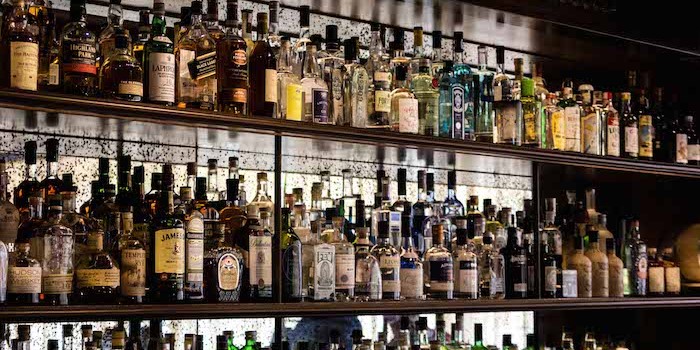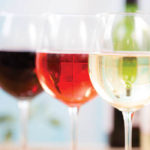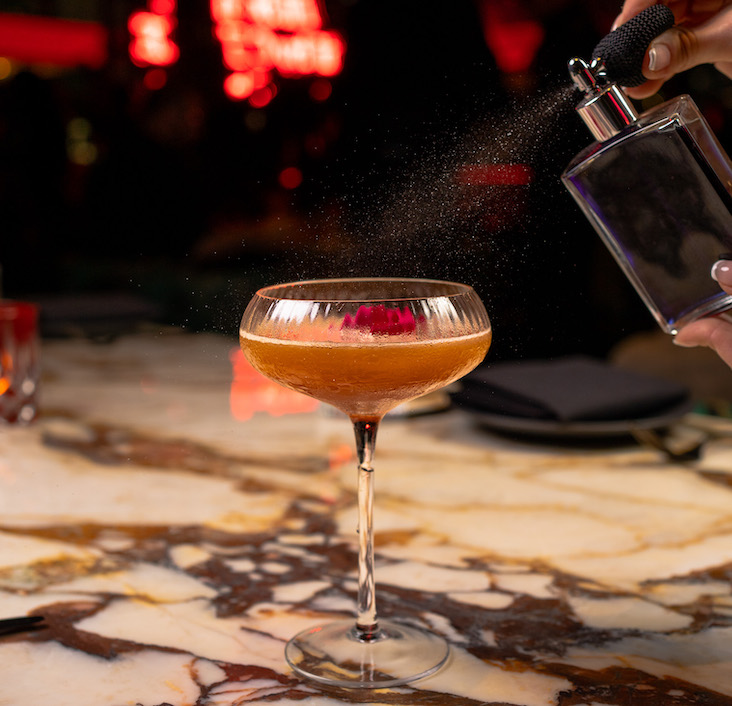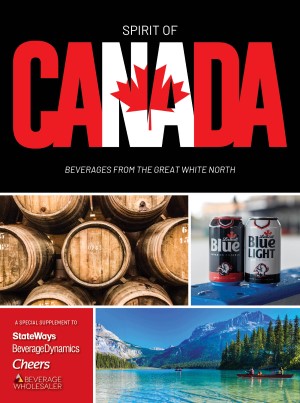 Grey Goose (1997)
Grey Goose (1997)
Liquor impresario Sidney Frank hatched the idea for a luxury American vodka brand in 1996. The founder/CEO of Sidney Frank Importing Co. effectively created the superpremium category with Grey Goose, a vodka produced in France from winter wheat and natural spring water.
Grey Goose was packaged in elegant smoked glass bottles embossed with a silhouette of flying geese and shipped in wood crates like fine wine. And at $30 a bottle, it was priced at nearly double the leading premium vodkas at the time. It was named the best-tasting vodka in the world by the Beverage Testing Institute in 1998, which helped some justify the price point.
Frank, who died in 2006, had already struck branding (or rebranding) gold with Jägermeister in the 1980s. He transformed the herbal liqueur from a digestif enjoyed by elderly Germans to the “it” shot of the college crowd. Grey Goose was a bigger success and a more lucrative venture: The brand was sold to Bacardi for $2.2 billion in 2004.
Hendrick’s Gin (1999)
Given vodka’s dominance in the past few decades, gin was a tough sell. The spirit’s strong juniper aroma and flavor tends to remind consumers of an unfortunate run-in with harsh gins in their younger days.
Then came Hendrick’s, which not only dialed back the juniper, it incorporated distinct flavors of Bulgarian rose and cucumber, among other botanicals. The brand, which is packaged in a deep blue, apothecary-style bottle, pioneered the cucumber garnish in the Gin and Tonic.
Developed in Scotland by William Grant & Sons, Hendrick’s timing was perfect as the craft cocktail movement was just catching on. The gin has developed a cult following thanks in part to its unique marketing. Earlier this year, a 125-ft. Hendrick’s Flying Cucumber blimp graced several major markets. The “most unusual” brand admits that “It is not for everyone.” But it’s evidently for quite a lot of people.
 Mike’s Hard Lemonade (1999)
Mike’s Hard Lemonade (1999)
There are so many fruit-flavored and soda-inspired alcoholic beverages today (spiked root beer, anyone?) that it’s hard to imagine that boozy lemonade was once a novel concept. But Mike’s Hard Lemonade found a sweet spot following the bust of the wine cooler category and before ciders, alcoholic ginger beers and fruity ales took off.
Mike’s was introduced in Canada in 1996 as a vodka-based carbonated beverage with natural flavors. For its foray into the American market three years later, it was changed to a mixture of lemonade flavor and an unflavored malt liquor base, because of tax and beverage laws in the U.S.
The brand, which now comes in more than 15 flavors, has managed to weather the ups and downs of the fickle fermented malt beverage market. FMBs are hot again, and a hit with the all-important Millennial consumer. Mike’s biggest challenge may be the category’s increased competition.









